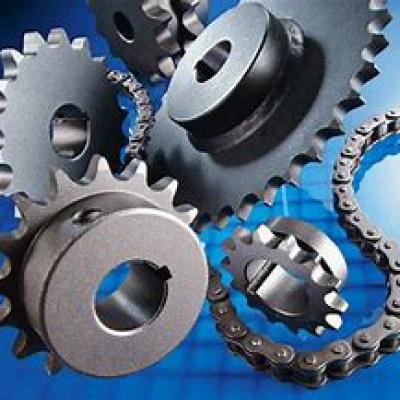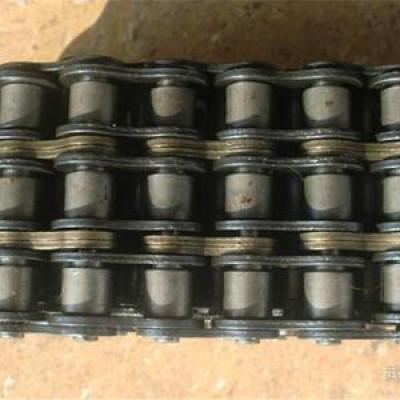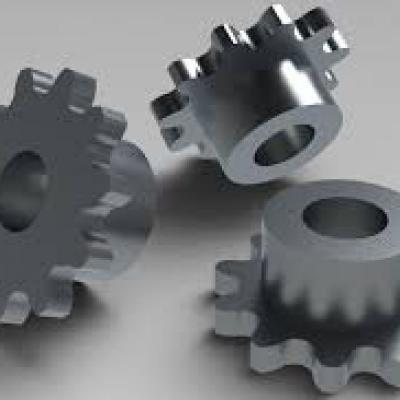Do you know the processing technology of the conveyor chain
The process of the Conveyor Chain is very complicated. It requires a variety of processes and complex processes to process the conveyor chain. Therefore, it is very difficult to process the conveyor chain. Next, let ’s take a look at the processing techniques of the conveyor chain. Plant it.
1. Quenching: After the part is heated to a certain temperature in the heat treatment penalty configuration, it is held for a certain time, and then cooled in a different medium according to the requirements, thereby increasing the hardness of the part.
2. Carburizing: Place the parts in a heat treatment punishment configuration to heat to a certain temperature and hold for a certain time, and then pass in a carbon-containing medium to infiltrate the appearance of the parts to improve the chain hardness and wear resistance.
3. Tempering: The hardened parts are heated at a certain temperature in the heat treatment penalty configuration, and then cooled after a certain period of heat preservation. Tempering the parts at the end can reduce the quenching hardness, eliminate quenching stress, and improve toughness.
4. Blackening: The principle of polymer organic polymerization is adopted, and heat treatment is used to punish the process of tempering and residual heat to form blackening. After blackening, the work piece has light, corrosion resistance and strong rust resistance; low labor intensity and improved production environment.
5. Shot peening: A kind of punishment for appearance treatment. According to necessity, steel shots with a certain diameter are sprayed on the appearance of the parts to form small pits to increase the appearance of the chain.
Conveying chain

6, bluing: After heating the part to a certain temperature, the chemical aqueous solution is cooled and saponified, so that the appearance of the part appears blue. The surface of the chain with blue treatment punishment is elegant, and it also has an anti-rust effect. The disadvantage is that these chemical aqueous solutions cause great pollution to the environment.
7. Phosphating: The parts are immersed in a phosphating solution with a certain temperature, so that the appearance of the parts forms a phosphating layer, which can make the appearance of the parts appear black or gray, improving the chain's elegance and achieving the purpose of anticorrosion. These phosphating solutions are recyclable and have less environmental pollution.
8. Galvanizing: The essentials of electroplating or chemical galvanizing are adopted to form a galvanized layer on the appearance of the part. The galvanized layer can be both an elegant chain and anticorrosive. Galvanized chains are also commonly used in open spaces.
9. Nickel plating: The essentials of electroplating or chemical nickel plating are adopted, and a nickel plating layer is formed on the appearance of the part. The nickel plating layer can be both an elegant chain and anticorrosive. Nickel-plated chains are also commonly used in open spaces.
10. Oiling: After the oiling of the conveyor chain, the chain can be warned of rust, and it has more luster.





